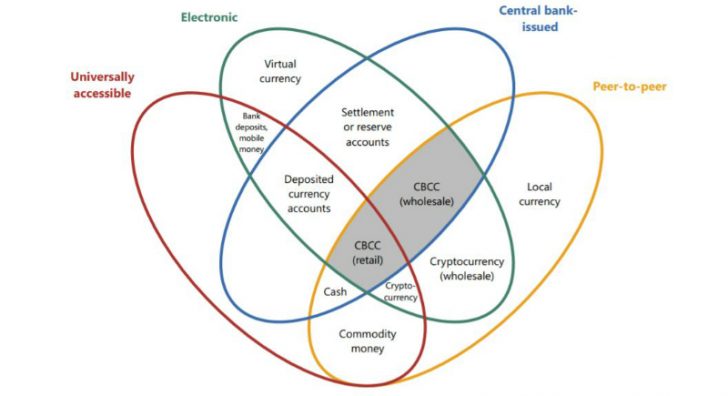
There is no doubt that interest in blockchains as a technology is running high, nor that this is a global phenomenon. Two contributions, with very different considerations, illustrate this:
- Chris Berg, Sinclair Davidson and Jason Potts are with the RMIT Blockchain Innovation Hub in Melbourne, Australia; their opinion piece, entitled ‘Institutional Cryptonomics: A New Model for a New Century’ appears in Coindesk
- in contrast, Morten Bech and Rodney Garratt opine for the Bank of International Settlements (BIS) on the topic of Central Bank Cryptocurrencies.
That their analyses are different is not surprising. They approach the cryptocurrency topic from very different starting points.
A New Model for a New Century
The following captures the essence of the RMIT argument: “The rollout of blockchain technology raises complex questions in economics, public policy, law, sociology and political economy. What we call ‘institutional cryptoeconomics’ starts from a simple premise – the blockchain is not just a new general purpose technology, it is a new institutional technology.
“This may sound like a pedantic distinction, but the difference between these two conceptions is profound. General purpose technologies allow us to do what we already do better, faster and cheaper. Economists understand general purpose technologies (like steam power or the semi-conductor) as great engines of economic growth.
“There is no doubt that the blockchain is a general purpose technology, but it is much more. Rather, the blockchain is a new mechanism to coordinate economic activity and to facilitate cooperation between individuals. It opens up new opportunities for exchange, for collaboration and for building communities that were previously closed off due to high information costs and transactions costs.”
Old thinking and new paradigm
They continue by drawing out a perceived difference between:
- ‘old thinking’, essentially the traditional transaction model
- the new paradigm, where the “blockchain breaks this relationship between size, opportunism and asset specificity”.
For the authors, “blockchain breaks this relationship (between size, opportunism and asset specificity). … Institutional cryptoeconomics offers an exciting way to understand what features of the ancien régime we’re about to lose, and what might take its place.”
The central bankers’ bank contribution
The BIS contribution focuses on CBCCs (or Central Bank Cryptocurrencies) and what their role might be. As part of the analysis, the authors come up with what they call the ‘money flower’ (see the illustration at the top). This locates the various monetary elements in positions which fall into one or more of four categories:
- peer to peer
- universally accessible
- electronic
- central bank issued.
As their diagram illustrates this reveals a significant difference, for Central Banks, between ‘retail’ and ‘wholesale’ cryptocurrency.
Retail or wholesale
Retail CBCCs do not exist anywhere. However, the concept of a retail CBCC has been widely discussed by bloggers, central bankers and academics. Most recently, Estonia has raised the possibility in Estcoin form (though this has also drawn disbelief from the ECB).
Wholesale CBCCs are of more urgent interest. As the authors put it “One of the reasons for the interest in DLT (blockchains) is that many central bank-operated wholesale payment systems are at the end of their technological life cycles. The systems are programmed in obsolete languages or use database designs that are no longer fit for purpose and are costly to maintain.”
What does this mean
Both contributions merit reading. What they indicate, with additional side-thoughts and examples, is that blockchain or distributed ledger technology spans a whole range of different possibilities:
- from the totally decentralised
- to that which a central bank might sign up for, which cannot be as decentralised.
Also of acute interest are the BIS comments about anonymity. There are “legitimate reasons for counterparty anonymity in transactions. Payees and payers may want to reduce the risk of identity theft, the possibility that the counterparty might follow them home and rob them, or more innocuous annoyances like directed advertising and solicitations (spamming). Similarly, a lack of third-party anonymity may be regarded as revealing too much information about a person’s private activities.”
Yet, as the BIS analysis continues: “It is unclear how much consumers actually value anonymity of either sort in order to protect their privacy. Athey et al (2017) look at how much effort people make to protect their privacy in relation to digital currencies. In an experimental setting, they find that subjects, in general, do not devote the small amount of time needed to read through the e-wallet description that is necessary to meet their own stated preferences for privacy.”
Blockchains may be taking us into a stranger business and monetary environment than anyone thought.


























